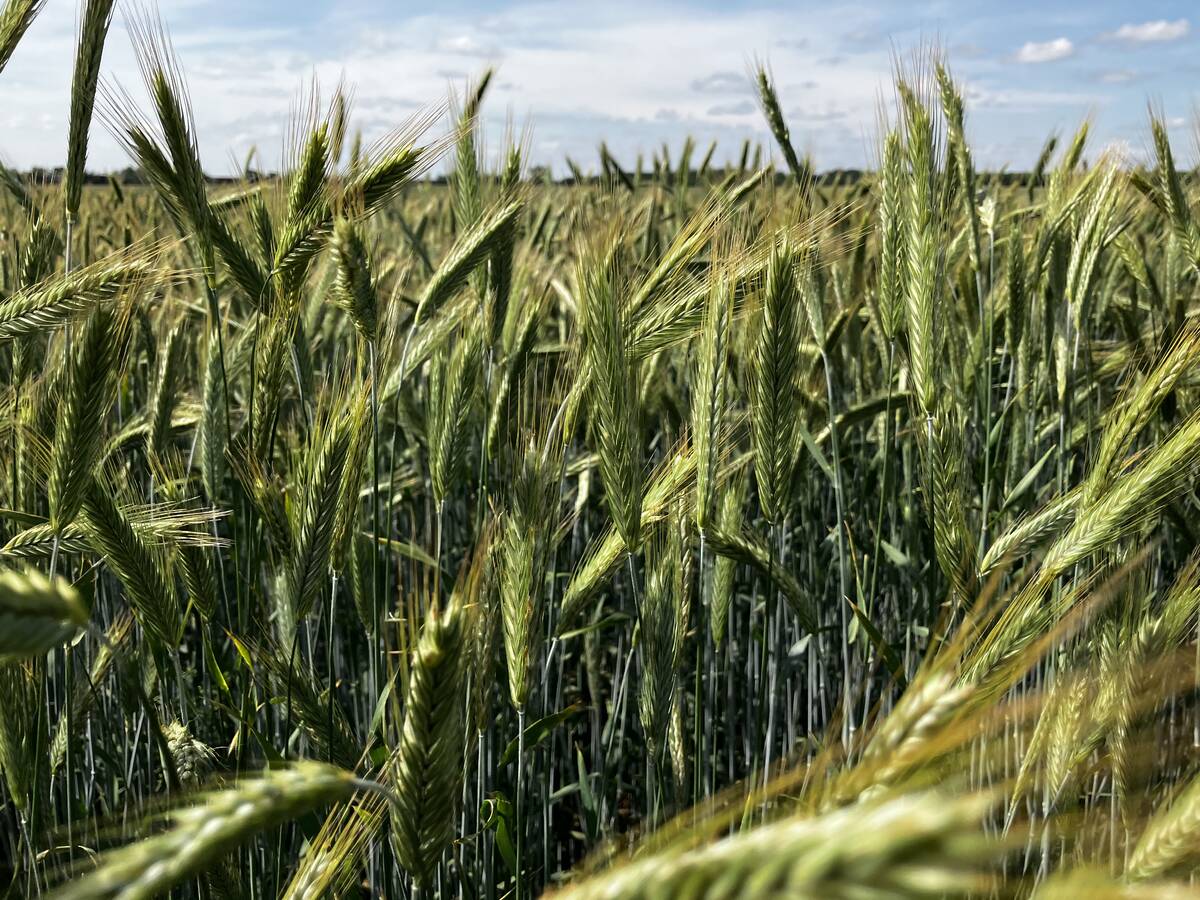ALDERGROVE, B.C. – Growing starter tomatoes to sell to other greenhouses falls under the heading of agriculture, but has few similarities to the typical struggles of an average farmer, admits the head of British Columbia’s greenhouse growers’ association.
“We prefer to call it controlled farming,” said Mark Kurschner, general manager of Western Greenhouse Growers’ Society.
While prairie farmers are left praying for more rain, sun, warmer temperatures or a longer growing season, it’s at the flick of a switch for producers like Bert DeVries of Topgro Greenhouses in B.C.’s lush Fraser Valley.
Read Also

Keep it clean on pre-harvest chemical use
Canadian farmers urged to toe the line on pre-harvest pesticide application and market product restrictions to avoid grain marketing headaches.
The 10-acre greenhouse produces about 23 kilograms per square metre of bell peppers, tomatoes and tomato plants for propagation and rings up more than $3 million annually in sales.
DeVries looks like an average farmer, trodding through the greenhouse in worn Levis and heavy work boots, but the place has a clinical feel not normally associated with farming.
Stepping into the first 10,000 sq. metre greenhouse, visitors must dip their boots in a solution to keep harmful bugs and bacteria away from the tender plants.
Irrigation levels, temperature, sun lamps and nutrients for the plants are controlled using a central computer system.
DeVries, who worked in the business in Holland until 1991, said heat and labor are the major expenses. Twenty workers staff the operation.
It’s one of the larger greenhouses in a business where big is not only better, but critical to survival.
Stake claim to market
Jim Lightbody, vice-president of marketing for BC Hot House, the selling arm of the 55-member grower society, said the greenhouse business is booming in B.C. because growers are determined to hold onto market share.
“We saw other competitors in the U.S. and Europe looking at getting into the business and felt if we don’t get big, we’re going to be pushed into our little corner of the world,” he said.
“It was get big or go home.”
In 1995, the grower society moved away from the co-operative model it was established under in 1972.
“They saw need to expand and raise capital. The best way would be to move into a corporate structure,” Kurschner said.
The incorporation allowed it to raise enough capital to build a new packing/grading plant last year to absorb the growth and increase efficiencies, Lightbody said.
BC Hot House’s sales in 1997 are expected to surpass $90 million, compared to just under $50 million in 1995.
“People are waking up to the fact that greenhouse vegetables taste better,” said Kurschner.
“Call it food-consciousness yuppiness.”
The province also increased sales to the United States. Now 40 percent of B.C.’s greenhouse vegetables are sold south of the border.
















